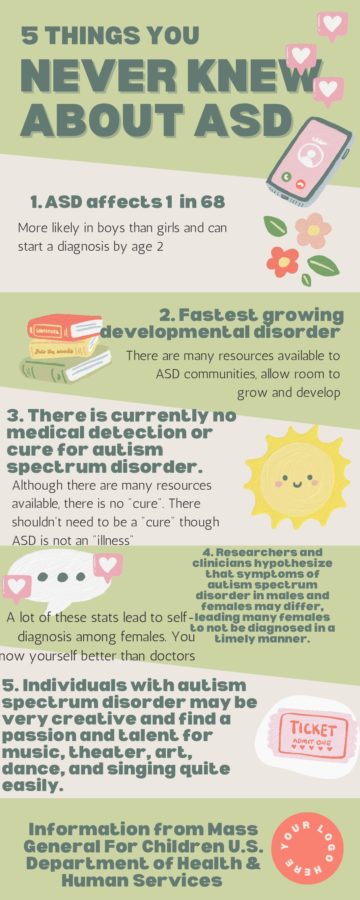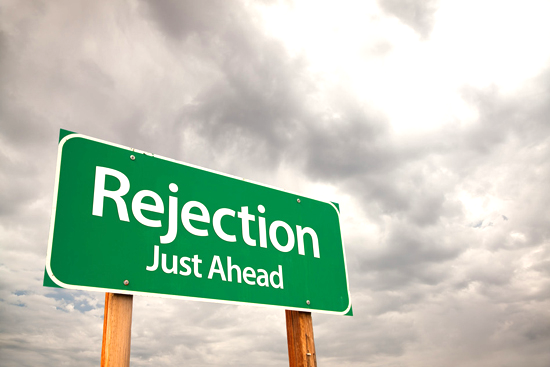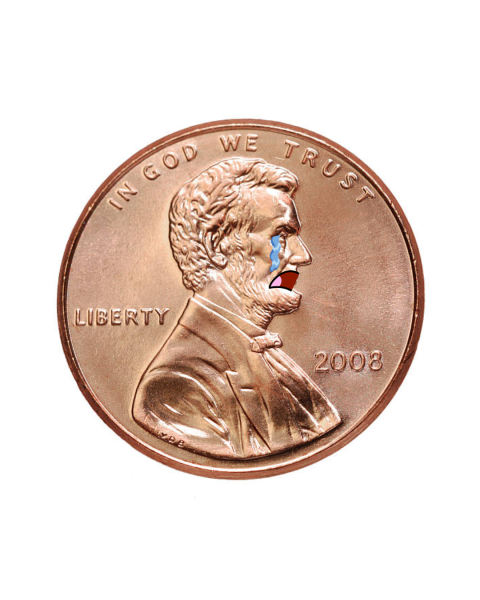Autism: Let’s destigmatize
According to SPARK for Autism, an online study that helps to speed up research and further the understanding of autism, “autism has some unique characteristics that have created an almost perfect storm for rejection, some researchers say.”
But why?
Why does society make it more difficult for people with a disorder that already causes life to be arguably more complicated than those who are neurotypical?
Let’s start at the beginning.
To begin with, autism (or ASD) is, in short, a developmental disability caused by differences in the brain [cdc.gov].
These differences mean that people with autism “often have problems with social communication and interaction, and restricted or repetitive behaviors or interests… [and] different ways of learning, moving, or paying attention.” [cdc.gov]
Autism exists on a spectrum, not a straight line. This means that instead of people with autism existing on a line ranging from high-functioning autistic to low-functioning autistic, those people exist on a sort of wheel in that not all cases of autism are the same. Some have a higher sensitivity to noise, some experience tics, some have repetitive behaviors etc.
This is a common misconception, which may in part lead to this social stigma around autism.
Autism stigma is, of course, incredibly damaging to those involved.
This stigma can result in masking, which is when neurodivergent people “present or perform social behaviors that are considered neurotypical.” [healthline.com]
This is an incredibly exhausting, but often necessary tactic which can include forcing or faking eye contact during conversations, imitating facial expressions, mimicking gestures, hiding or minimizing personal interests or pushing through intense sensory discomfort including loud noise.
Can you imagine having to hide who you are every time you leave the house?
This also leads to unintentionally masking, which can be frustrating to those who mask as it sparks questions around their identity since they’re not behaving as they naturally would.
Unfortunately, this stigma can also lead to self-diagnosis, since an average diagnosis for autism costs $1000-$2000 [talktomira.com]. According to Cross River Therapy, in 2022, 1 in 100 children are medically diagnosed with autism. Having these diagnoses at an early age is extremely beneficial, and what many older self-diagnosed people wish were their case.
But it’s not.
Throughout the lives of many self-diagnosed people, it is extremely tough to identify yourself, by yourself.
Autism Parenting Magazine says “Even with a crystal clear memory of childhood, adults seeking a diagnosis may struggle to find a doctor with the training and knowledge to diagnose autism spectrum disorder outside the pediatric population.”
So what are they left to do? Why is the help limited to age?
A confidential source says they, “wish doctors looked deeper into post-pediatric autism care and made it more known that autism doesn’t just stop when puberty starts.”
All the talk about why self-diagnosis is a viable option, but what about how? How do you go about self-diagnosing? The same source says that their self-diagnoses started with realizing they share similar attributes as the other ASD members of their family. So, genetics is a big step toward self-diagnosing.
Although research is important and required, some things are not valid. TikTok has been on a surge recently with many members of the ASD community making “relatable” autism content.
Though these are informing and open windows into the ASD lifestyle, it also causes those to force themselves into the neurodivergent community. Many neurotypicals with atypical tendencies are viewing these videos and automatically saying they have autism. It’s much more tedious than a small article and a TikTok video to diagnose yourself.
An autism diagnosis is something that can change one’s life forever. If someone wishes to be tested for it, there is absolutely no reason they should pay 2 grand for it. Not everyone has that kind of money simply laying around.
In short, the world of autism diagnoses is actively growing and changing around us and it may be time to adjust accordingly.




